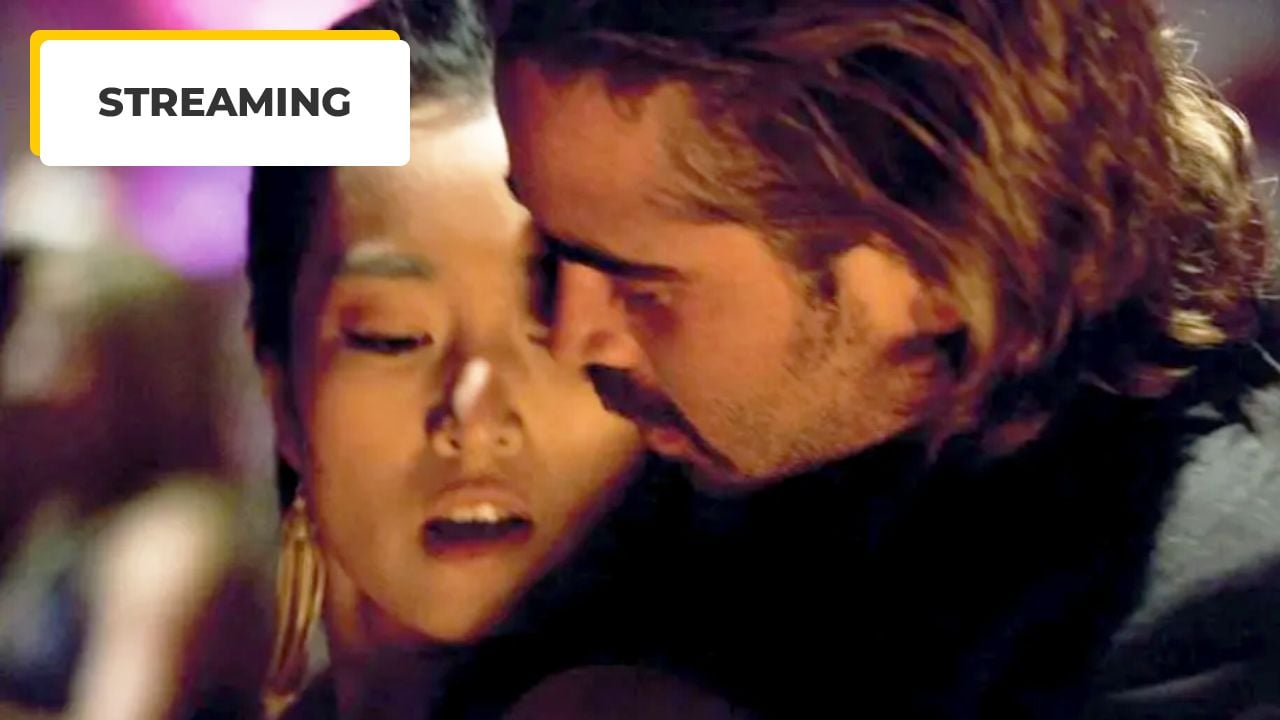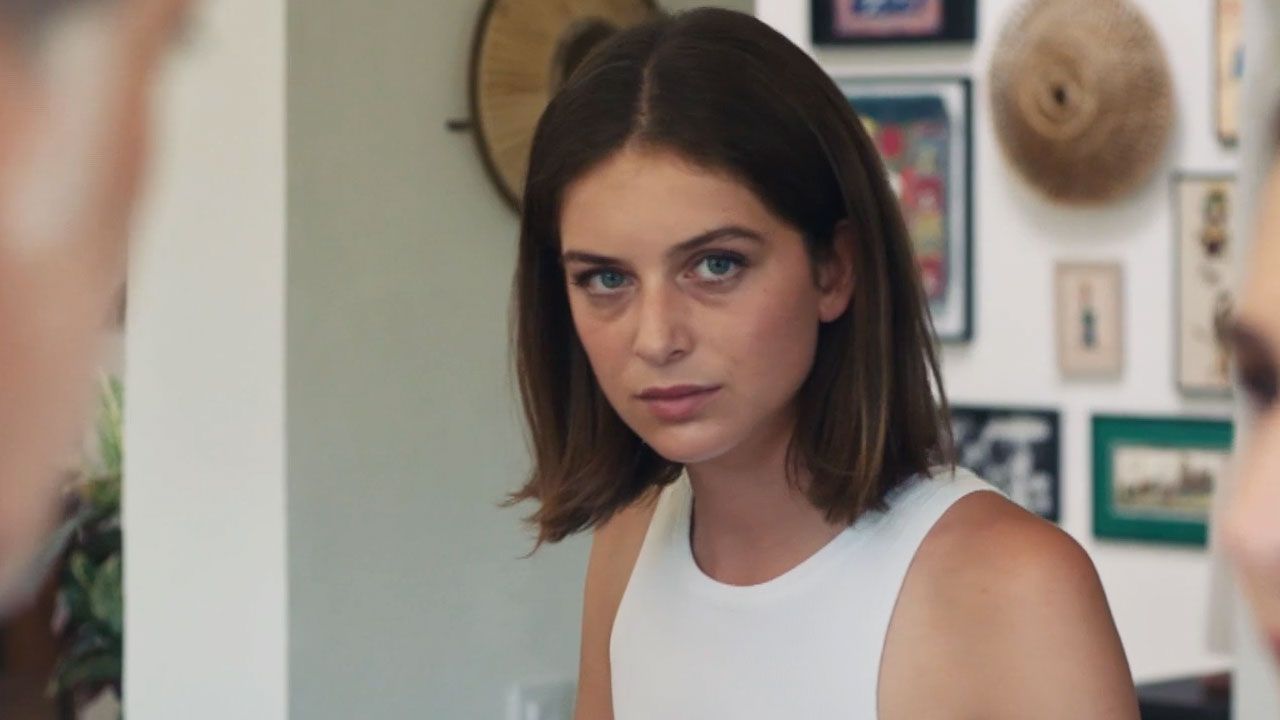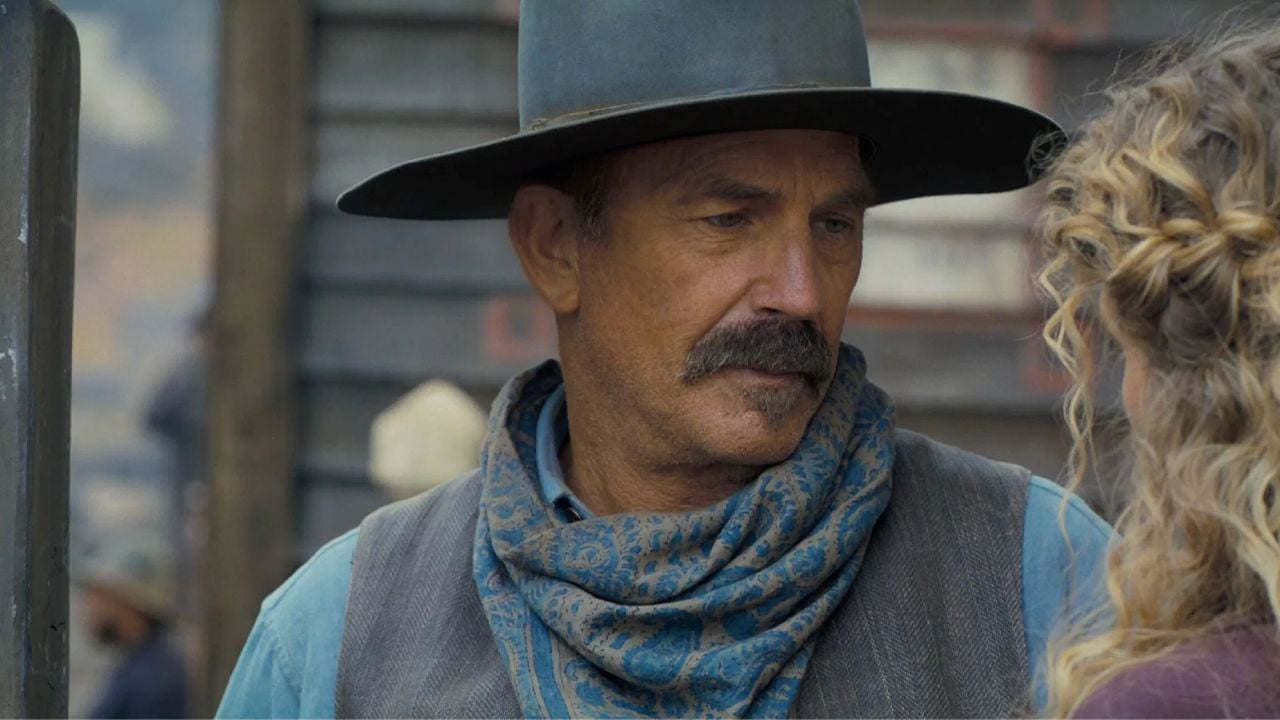In 2006, Michael Mann made a bold bet to bring Miami Vice, the iconic 1980s series, to the cinema. Colin Farrell as Ricardo Tubbs and Jamie Foxx as Sonny Crockett are a radical departure from the glitz and pop world of their predecessor.
Goodbye to 80s pastel costumes and synth beats: here Mann delivers a dark thriller with a raw and realistic tone, centered on infiltrating a Colombian drug cartel.
Crockett and Isabella’s forbidden relationship, played by Gong Li, appears at the narrative heart of the film, which favors romance and introspection over classic action scenes.
However, what many people don’t know is that the plot of this feature film isn’t entirely from Michael Mann’s imagination. The director, in fact, was largely inspired by two episodes of his confidential series Los Angeles: Homicide, which dates back to 2002 and discreetly broadcasts in France on TNT.
A reworking that is both careful and brilliant, showing Mann’s desire to perfect his favorite themes.
Two recycled episodes for a dense plot
To understand this connection, we need to look at two major episodes of Los Angeles: Homicide. The first, titled “Wild Ride,” follows a muscle-bound operation to take down a white drug lord in a trailer park, where a spectacular explosion marks the episode’s climax.
The second, “Life Is Dust,” directed by Mario Van Peebles but based on a story written by Mann himself, features an infiltrator played by Tom Sizemore, the hero of the series, who plays a special forces lieutenant who falls in love. A Vietnamese arms dealer with his wife.
These plot lines are woven throughout Miami Vice: the trailer explosion echoes the tense attack scene, and the forbidden romance becomes central to Crockett and Isabella’s story.
This reworking is not limited to the broad outlines of the story. Some scenes and dialogues are repeated almost verbatim. For example, the shower scene in “Life Is Dust” between the infiltrator and the trafficker’s wife combines eroticism with strategic discussions. A dynamic that is almost identical to the one in the film, at a key moment between Crockett and Isabella.
The art of honing your narrative obsessions
Why did Michael Mann turn to these episodes to adapt Miami Vice? One reason is his approach to storytelling. Rather than treating these ideas as one-off stories, Mann treats them as themes to explore, enrich, and transform.
With Miami Vice, he delves deeper into the elements he touched on in Los Angeles: Homicide. The romance between an infiltrator and a woman connected to crime turns here into a real drama with a touch of Shakespeare, where danger and passion are inseparable.
This improvement is also reflected in the staging. Abandoning digital film, Mann creates an almost dreamlike atmosphere where digital landscapes and artificial lighting heighten the dramatic intensity.
This technical choice, which was initially criticized for taking away from the film’s chic and warmth, today contributes to the film’s special aura.
A controversial but iconic vision
When it came out, Miami Vice was annoying. Nostalgic viewers of the series were surprised by its dark tone and sophisticated rhythm, far from the splendor of the 80s, critics pointed out the plot was too abstract and cold characters.
However, over time, the film was able to find its audience. Now considered a cult classic, it is often praised for its boldness and depth.
This renewed interest can be explained by the way in which Mann transcends the conventions of the genre. Where many crime thrillers focus on the details of the investigation, Miami Vice explores the raw emotions of its characters, exploring their flaws and aspirations.
By reusing elements of his previous series, the director doesn’t just recycle: he redefines, enriches and magnifies.
Praise for endurance
With Miami Vice, Michael Mann argues that ideas, even recycled ones, can be the source of powerful and original works. This process of creative recycling, far from being a weakness, reflects the author’s approach to perfection.
More than just an adaptation of the cult series, Miami Vice is a work in itself with its own identity. Proof that sometimes revisiting the past can create a timeless classic.
Miami Vice is currently available on Max.
Source: Allocine
Rose James is a Gossipify movie and series reviewer known for her in-depth analysis and unique perspective on the latest releases. With a background in film studies, she provides engaging and informative reviews, and keeps readers up to date with industry trends and emerging talents.







